In the first part of this article, we concluded that only two candidates will remain in the race for the presidential seat in the second round of the elections in Romania and analyzed what’s at stake in these elections for Romania. In this part of the analysis, we will take a look at the message that the candidates are building their campaigns on and their target audience.
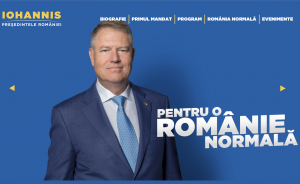
Iohannis’ message is very clear and simple: “He speaks against a world dominated by PSD’s values, corruption, poverty, people left in poverty, a world in which PSD feels comfortable because it can control it. He believes that Romania must reshape its future by leaving this world behind and rethink its future based on European values. He envisions a future Romania that is very distant from PSD’s values and sees himself in the leaders’ seat to drive the country out of the “PSD-dominated world,” Székely explains.
In order to fully understand Iohannis’ message, we need to take a look at the past five years of Romania under Klaus Iohannis. The president, elected in 2014, remained largely passive for the first two years of his mandate. He later stepped into the role of number one opponent of the Liviu Dragnea-led government because – according to Iohannis – the opposition parties are too weak, and the public doesn’t listen to them. In the past 18 months, Iohannis has played the role of the number one opponent of the ruling party, PSD, and its leaders, Dragnea and Dăncilă. However, now that Dragnea has been jailed and Dăncilă has been forced out from his PM role, Iohannis no longer has such easy targets, and his position has thus suffered somewhat.
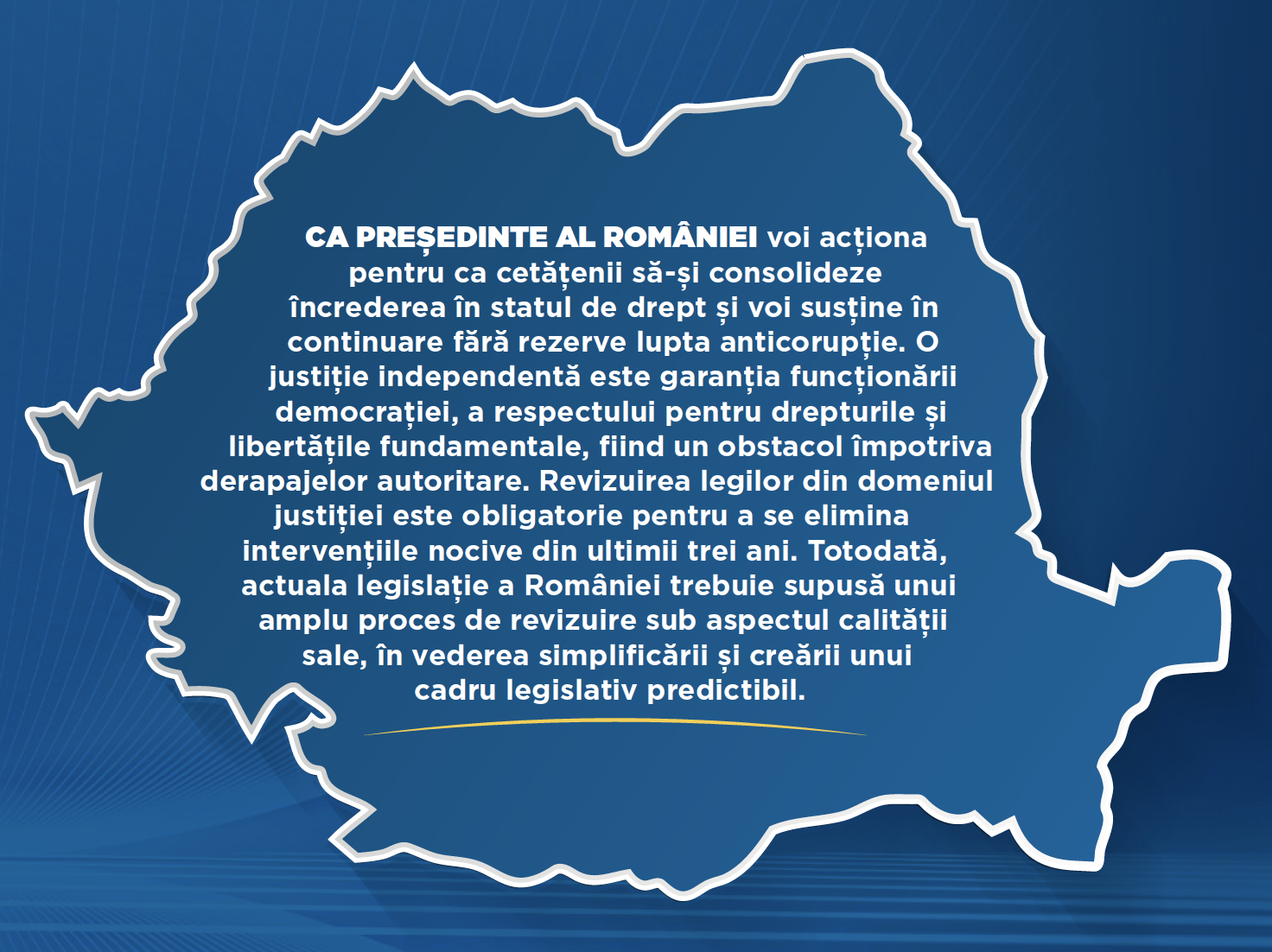
“Still, he keeps these topics on the agenda because PSD holds a majority in Parliament. Iohannis doesn’t formulate policies; he has a vision to rebuild Romania. This has to be the Romania of the younger generations, which is unequivocally a country without the PSD or, better said, without the values asserted by this party. He repositions Romania on European values and highlights the importance of competency, which has been a major problem of the past few governments”, Székely said.
“It has become clear that the PNL’s voter base alone isn’t enough to win the president’s seat. From the above, it’s very easy to guess the target audience of his political campaign: the well-paid young generation from the big cities who speak foreign languages. Although the race isn’t as tough as five years ago because the opposition is weak at this point, it’s clear that he wants to attract the youngsters living in big cities, which, by the way, is the voter base of USR PLUS, which he hopes to attract to complement PNL voters. This is why he speaks about the role of the young generations in shaping the future of Romania,” Székely added. These voters played a very important role in the previous presidential elections: More than a million young people voted for Iohannis in the second round in 2014.

In contrast to the president’s above outlined roles and powers and despite being forced out of the Prime Minister’s role, Dăncilă’s message reveals that she still speaks from this position. At the start of her presidential campaign, Dăncilă has sent a strong message formulating ten goals of her presidency, which is rather a governmental not a presidential program, Székely says. The message is clearly targeted at voters of the PSD, a base that the party has been carefully building/expanding in the past couple years with a strong focus on two major audiences: (1) public-sector employees and (2) people who are living living in extreme poverty and see the government as a lifeboat, he continues.
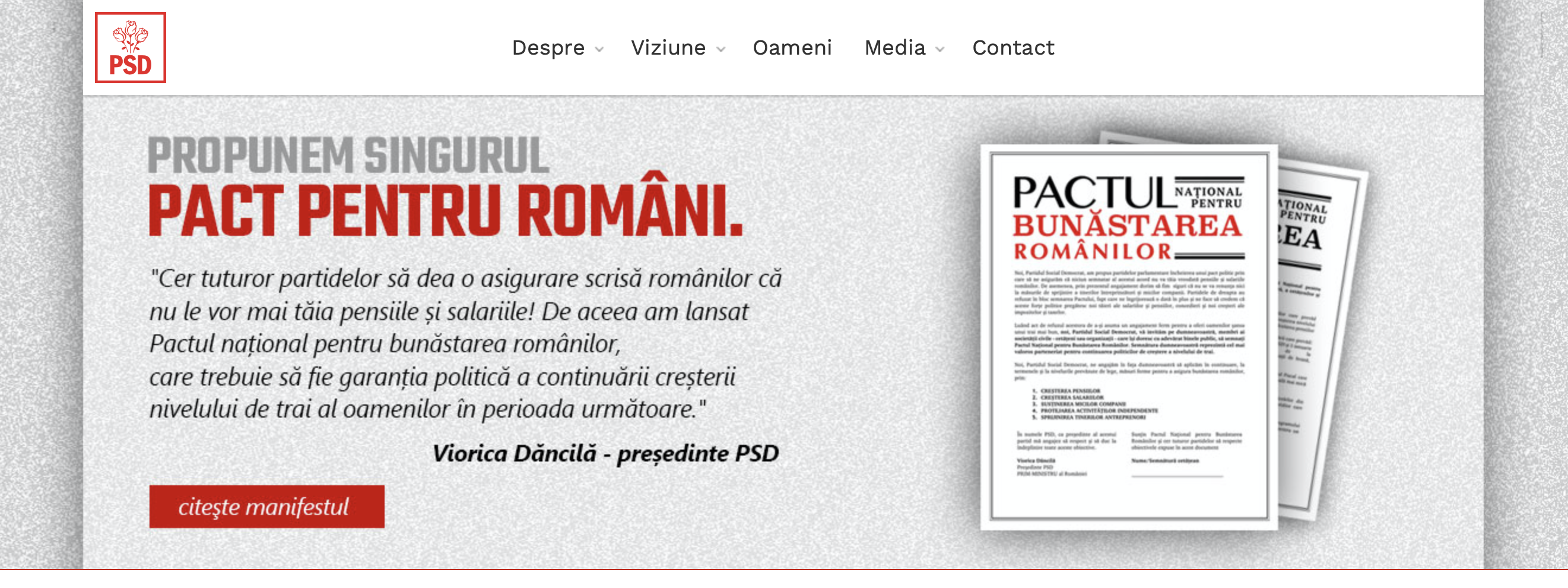
During the past three years, the government has increased the earnings of public-sector employees, which has placed a serious burden on the country’s financials, as it exceeded its capabilities. “By applying this strategy, the party hopes to attract more votes from the public sector. The other main target are the people who are waiting for the government to better their lives. This is a typical social-democrat approach built on government redistribution programs,” Székely comments. These programs aim to reduce poverty in the country by transferring wealth from the “better-off to the poor.” The government takes all the money made from taxes and redistributes it to other members of society who are in need through government welfare programs.
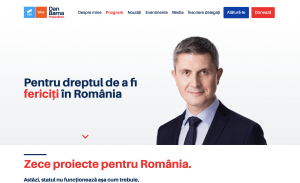
Similar to Viorica Dăncilă , Dan Barna also promotes a governmental program, which at its essence is a criticism of the past three years of governance. “If we don’t want to understand his program as governmental, then we can say that he sees the role of the president as a leader who needs to keep important political topics on the agenda, especially focusing on the problems encountered during the past several years of governance,” Székely says. In contrast to Kelemen and Iohannis, he sets out very clear goals:
And, more importantly, he promotes a clean public sphere (fara penali in functii publice) and a strong stance against organized crime.
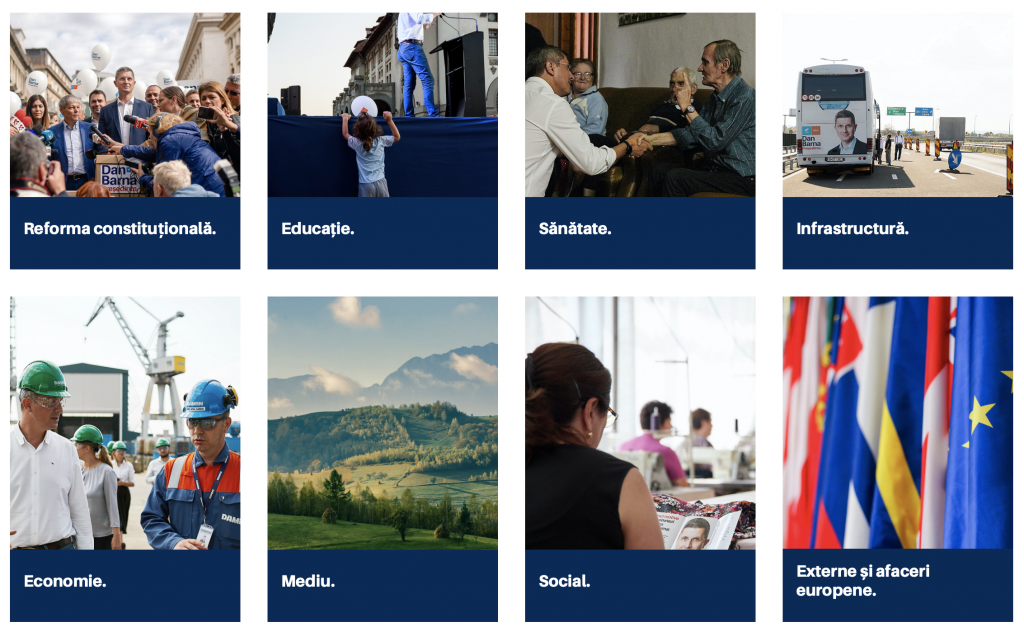
While working on this article, the journalists of the Rise Project have published a comprehensive report on Dan Barna, uncovering a mechanism that mainly copies sacked PM Dragnea’s algorithm for making millions of euros from public money illegally.
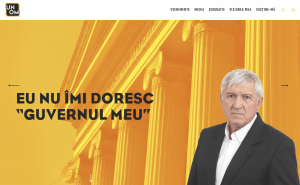
Compared to Dăncilă, Barna, and Iohannis, Mircea Diaconu comes into play as an “independent” candidate. He ran for the European Parliament as an independent, and now he is running for the presidency as independent: “I have no doctrine, and therefore I dared to run for president,” he said in an interview. According to Diaconu, Iohannis and Traian Basescu introduced themselves into the ongoing political battle as a driving force, not as a tranquilizer.
From his position, the president must be extremely interested in political, civic-type topics but not regimented into a doctrine. In his speeches, Diaconu thematizes the “deep state,” the hidden government within the legitimately elected government that interferes in politics, and this isn’t correct. From his position, the president shall not intervene in internal affairs; his role is to represent the country abroad.
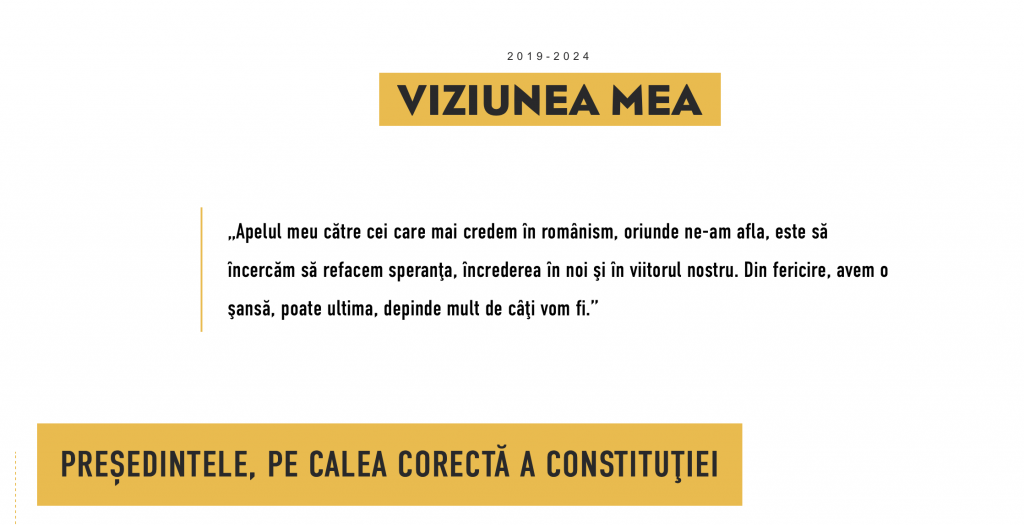
Diaconu sees the role of the president as an official who shows the unity of society and the country and who should represent the civil world – the citizens populating the country. He appeals to the currently noticeable anti-politician and anti-politics trends among people in Romania.
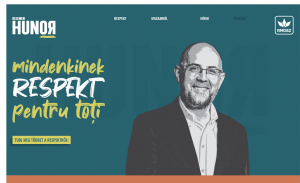
Kelemen doesn’t formulate his vision as an antithesis against an existing world (as does Iohannis). Instead, he outlines a future of Romania built on post-material values. This means that the audience is the group of people who already have their material needs satisfied – well-paid young people from big cities, highly educated individuals, etc. – so they can focus on post-material values such as human dignity, gay rights, sustainable living, etc. Two key topics that Kelemen continues to speak about are ( 1) education and (2) the protection of the environment, Székely says. Kelemen’s campaign envisions a Romania of the 21st century and speaks to an audience that is similar to that of Iohannis and Barna’s.
“The Respekt slogan Kelemen and his team chose for his presidential campaign is actually built on a new social contract, which includes two objectives: (1) the state respects its citizens, with its laws, etc, and (2) the citizens respect the state and its laws. Another dimension of the new social contract is human dignity and the importance of related values. The Respekt program doesn’t have an ethnic dimension (Romanian or Hungarian), and he wants to all receptive ears who believe that Romania has to reposition itself according to the values of the 21st century. The only ethnic element is education, which he believes affects everyone,” Székely comments. The analyst highlighted an important sentence in Kelemen’s message: “The next 20 years of this country will be shaped by the education system as it is right now.” We will add: If we don’t set the education system right, we shouldn’t be surprised at the outcome.
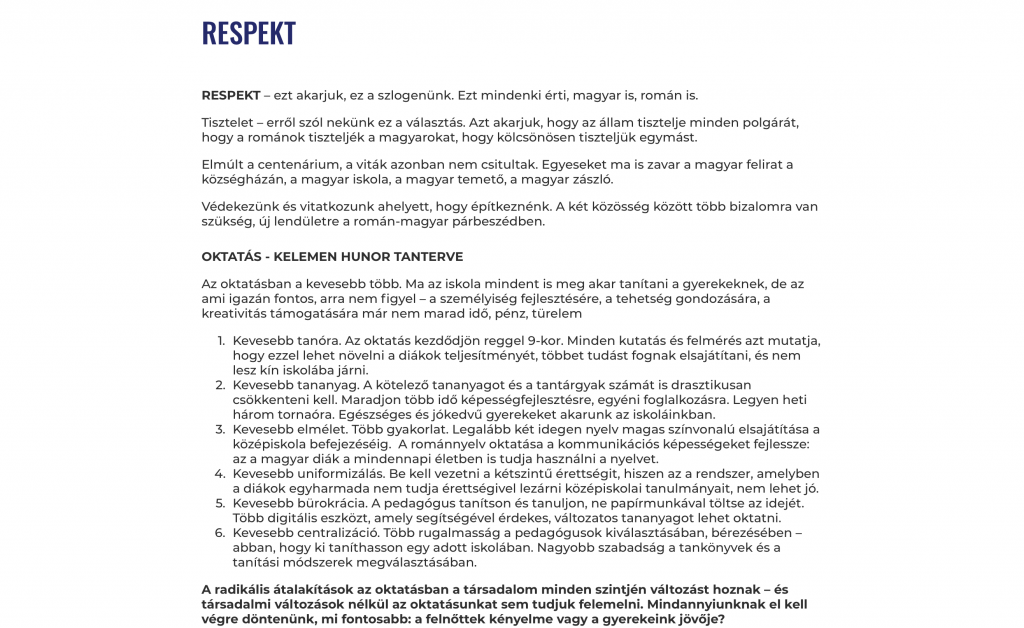
It’s important to note, however, that from the perspective of RMDSZ, its chances in the presidential race aren’t too high. So, according to Székely, Kelemen’s campaign is more likely a repositioning of the Alliance in the political playground.
So, there you have it: An overview of the candidates with decent chances in the presidential election of 2019. We won’t say that the remaining nine candidates don’t have a message to convey, but the public polls also send a strong message, which is that they need to grow their voter bases.